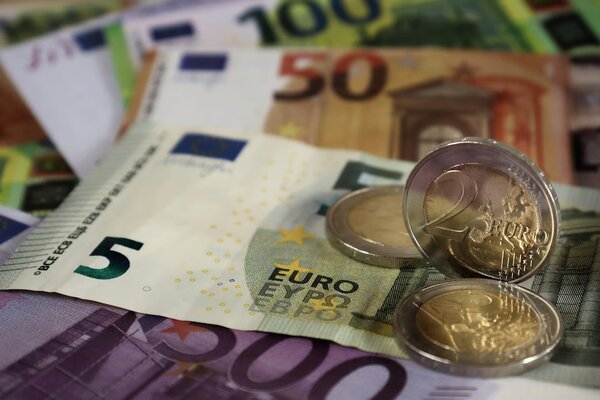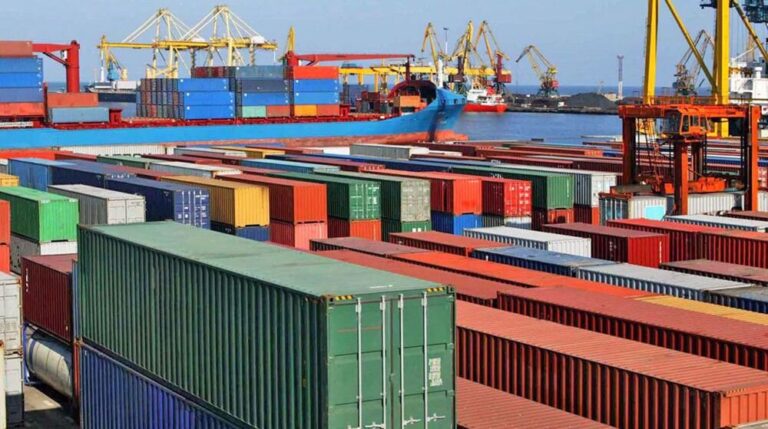Eurozone Inflation Surpasses Expectations: What It Means for the Economy – Mehr News Agency
In April, price pressures in the eurozone surpassed expectations, presenting new challenges regarding the disinflation trend and potentially complicating the European Central Bank’s (ECB) strategy to lower interest rates. This development has significant implications for both policymakers and investors in the region.
According to preliminary figures released by Eurostat on Friday, consumer prices in the eurozone increased by 2.2% year-on-year, remaining unchanged from March but slightly above the 2.1% forecast set by economists. This data suggests that the anticipated trend of disinflation might be stalling, as inflation on a monthly basis accelerated by 0.6%, the same rate as in March.
Of particular concern for policymakers in Frankfurt is the rise in core inflation, which excludes the often-volatile prices of food and energy. In April, core inflation climbed to 2.7%, an increase from 2.4% in the previous month and significantly above the 2.5% consensus estimate. This marks the first increase in core inflation since May 2024, with services inflation leading the charge.
Services inflation, a critical metric in the ECB’s assessment of underlying price pressures, surged to 3.9% annually, up from 3.5% in March. On a month-on-month basis, prices for services increased by 0.9%.
Inflation rates across the euro area have been notably uneven. Here are some key statistics:
- Estonia: Highest annual inflation rate at 4.4%
- The Netherlands and Latvia: Annual inflation rates of 4.1%
- France: Lowest price growth, with an annual inflation rate of just 0.8%
Despite the stronger-than-expected inflation figures, financial markets reacted with relative calm. Investors appeared to maintain their confidence that the ECB would proceed with a rate cut in June. Market participants largely interpreted April’s inflation data as a temporary fluctuation rather than a definitive shift in the overall trend.
German two-year Schatz yields, often viewed as a barometer of ECB policy expectations, remained steady at 1.73%, while ten-year Bund yields held unchanged at 2.46%. The euro also remained resilient, preserving its prior gains against the dollar at 1.1330.
Equity markets extended their rally, buoyed by positive corporate earnings and investor optimism. The EuroSTOXX 50 index increased by 0.8% on Friday, while Germany’s DAX rose by 1.8%, marking its eighth consecutive day of gains. Notably, defense powerhouse Rheinmetall AG led the DAX higher, with a remarkable increase of 3.6% as demand for military equipment continues to surge.
Within the broader EuroSTOXX 50 index, several companies stood out as top performers:
- ING Groep: Up by 5.2%
- Airbus: Increased by 5.1%
- Bayer: Gained 4.2%
On the downside, some companies faced challenges, with Munich RE and energy group RWE experiencing declines of 4.9% and 3.6%, respectively. However, eurozone banks gained ground, as noted by the EuroSTOXX Bank index, which rose by 1.9%. This reflects resilient investor sentiment amid a potentially prolonged period of restrictive monetary policy.
In conclusion, the eurozone’s inflation dynamics are proving to be complex, with rising core inflation presenting new hurdles for the ECB’s rate policies. As the financial markets remain largely optimistic, the coming months will be crucial for policymakers navigating these economic currents.






